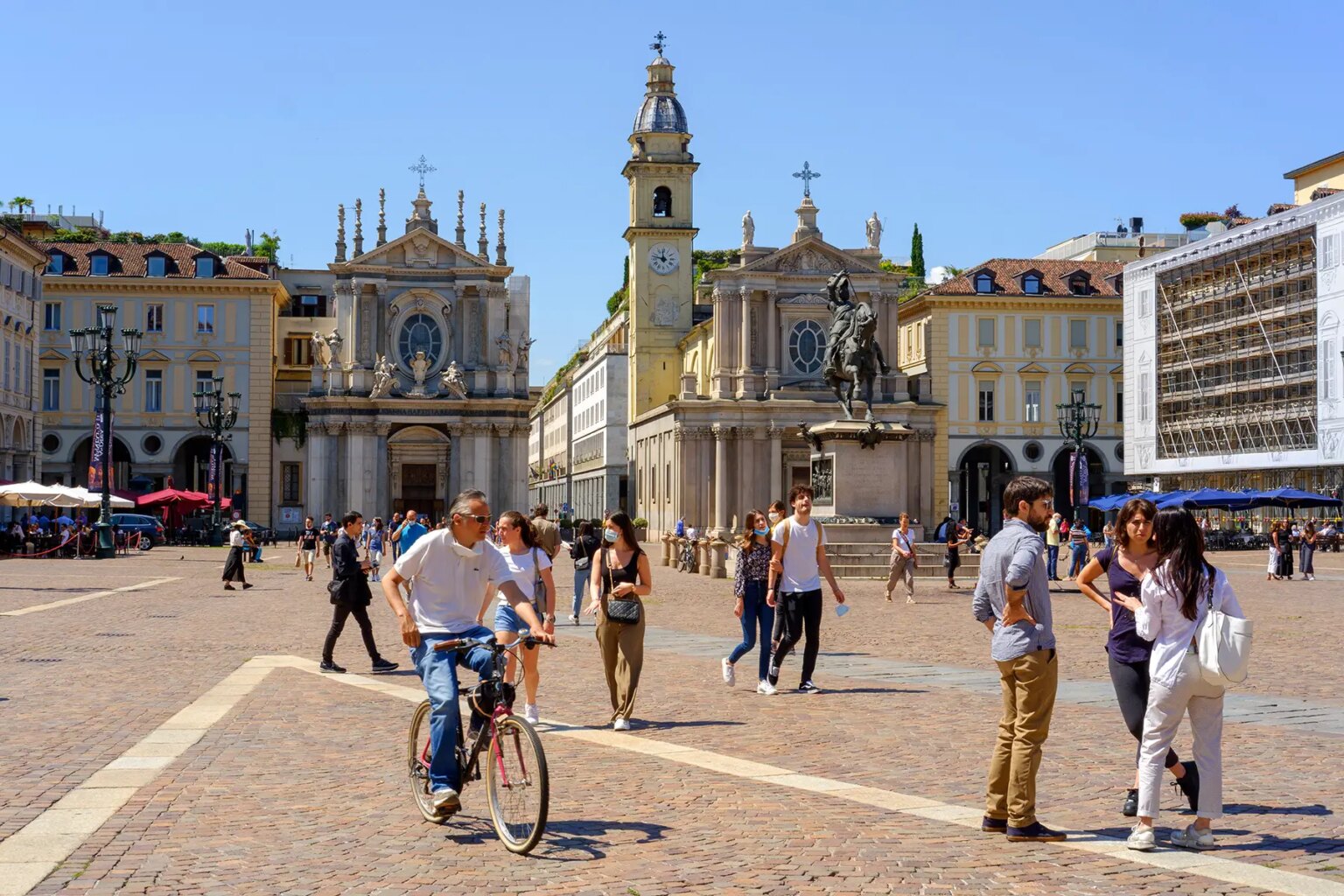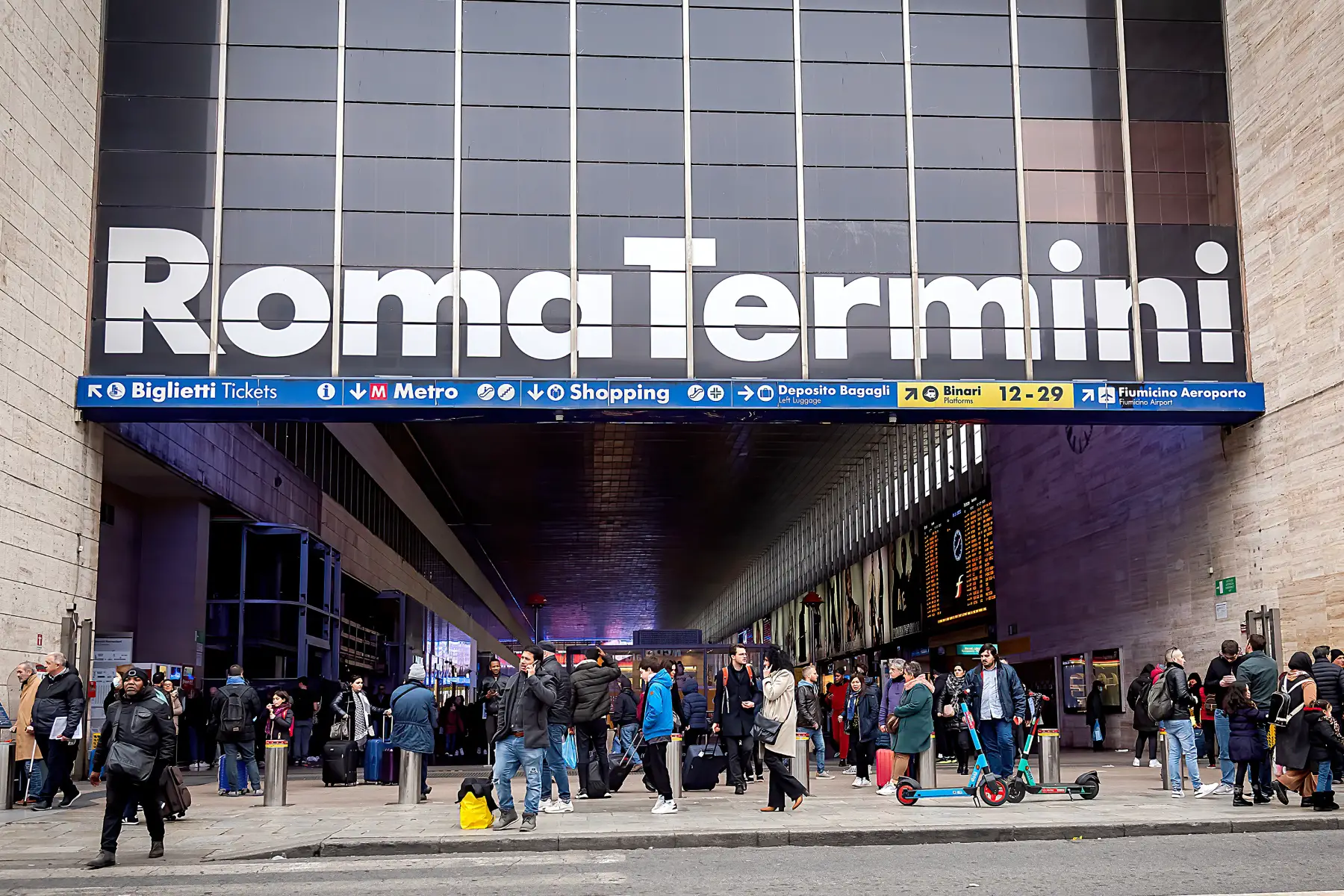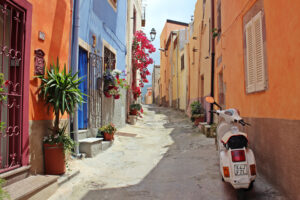Italy suits a variety of lifestyles, with plenty of places to visit, delicious cuisine, and fascinating culture. However, whether you’re living in a coastal town or one of Italy’s best cities, there are a few things everyone should organize when they first arrive.
Although it might seem like there’s a lot to do – such as checking Italian visa requirements and ticking off your moving checklist, help is at hand. Here, we walk you through 10 things you should do during your first week in Italy. Keep reading to find tips on:
- 1. Find your new Italian home
- 2. Register as a resident in Italy
- 3. Sign up for Italian healthcare
- 4. Open a bank account in Italy
- 5. Get an Italian SIM card
- 6. Find a job
- 7. Get your Italian transport sorted
- 8. Connect your new home in Italy
- 9. Send the kids to school
- 10. Get out and enjoy Italy
- Useful resources
N26
N26 is the bank you'll love to use: open your bank account in just eight minutes with no paperwork. Take control of your finances with one app where you can manage limits, set your PIN, lock/unlock cards, and make no-fee transactions anywhere in the world.
1. Find your new Italian home
When moving to Italy, you’ll need somewhere to live. Ideally, you’d have a place to live organized before arriving, but you can also start searching once you’re in the country. Consider your priorities and circumstances – such as whether you’re starting a new family, or are moving to Italy to retire. It’s possible to rent or buy a home in Italy, but if you’re still getting to know the country, it’s usually a good idea to rent before committing to buying. On the other hand, if you’re looking for temporary accommodation, you could try a hotel or serviced flat. You could also look online on portals such as:
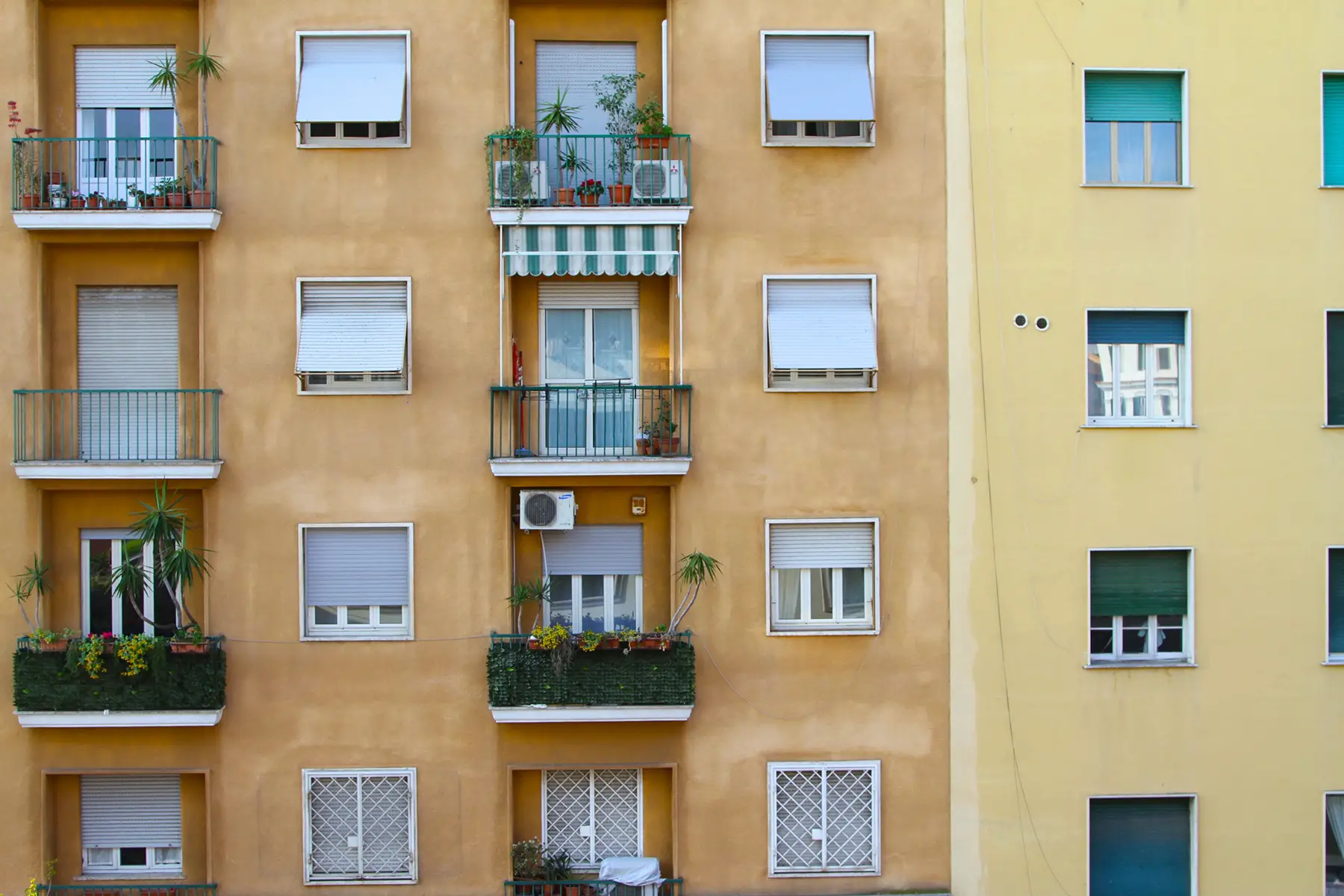
Some of the most popular cities in Italy include Rome, Milan, and Florence. If you’re looking at buying a home, it’s worth checking out Idealista’s monthly property price report. In December 2022, prices stood at around €3,000 per square meter for a home in Rome, and almost €5,000 per square meter in Milan.
2. Register as a resident in Italy
If you are in Italy for longer than 90 days, you must register at the Anagrafe (Register Office). Anyone moving to the country must complete the process within 90 days of arrival. In addition, non-EU citizens need a residence permit (Permesso di soggiorno), which they must apply for within eight working days of arrival. The process varies according to your municipality (comune) – some will allow you to register online, while others require you to attend an appointment in person. Contact your local comune to find out about the procedure and which documents you’ll need.
Another essential part of Italian administration is the tax code (codice fiscale). This number allows you to carry out everyday activities, such as opening a bank account, paying your utility bills, applying for social security, and paying taxes. You can apply for this code at an immigration desk, at a police station, or from the Italian Revenue Agency (Agenzia delle Entrate), depending on your situation.
3. Sign up for Italian healthcare
Italy’s public healthcare system, Servizio Sanitario Nazionale (SNN), is ranked fourth in the world by the Bloomberg Healthcare Efficiency Index (2022). In addition, the average life expectancy in 2021 was just under 83 years, one of the highest in Europe. Registering with the Italian health service is an essential task in your first week, meaning you’ll be able to access GP appointments, Italian hospitals, children’s healthcare, and more.
While Italian residents can access healthcare for free or cheaply, it can be more complicated for expats. If you live in Italy, you can use the national health service with your tessera sanitaria (health card), which you can get through your local Azienda Sanitaria Locale (Local Health Unit – ASL). Meanwhile, European Union (EU) and European Free Trade Association (EFTA) citizens who are in Italy for under three months can use their European Health Insurance Card (EHIC), while UK citizens can use their Global Health Insurance card (GHIC). Citizens from outside these countries will need private health insurance to access services, but Italy has some bilateral healthcare agreements that allow nationals from certain countries to use limited services for free.
Plenty of international health insurers provide coverage for Italy. These include:
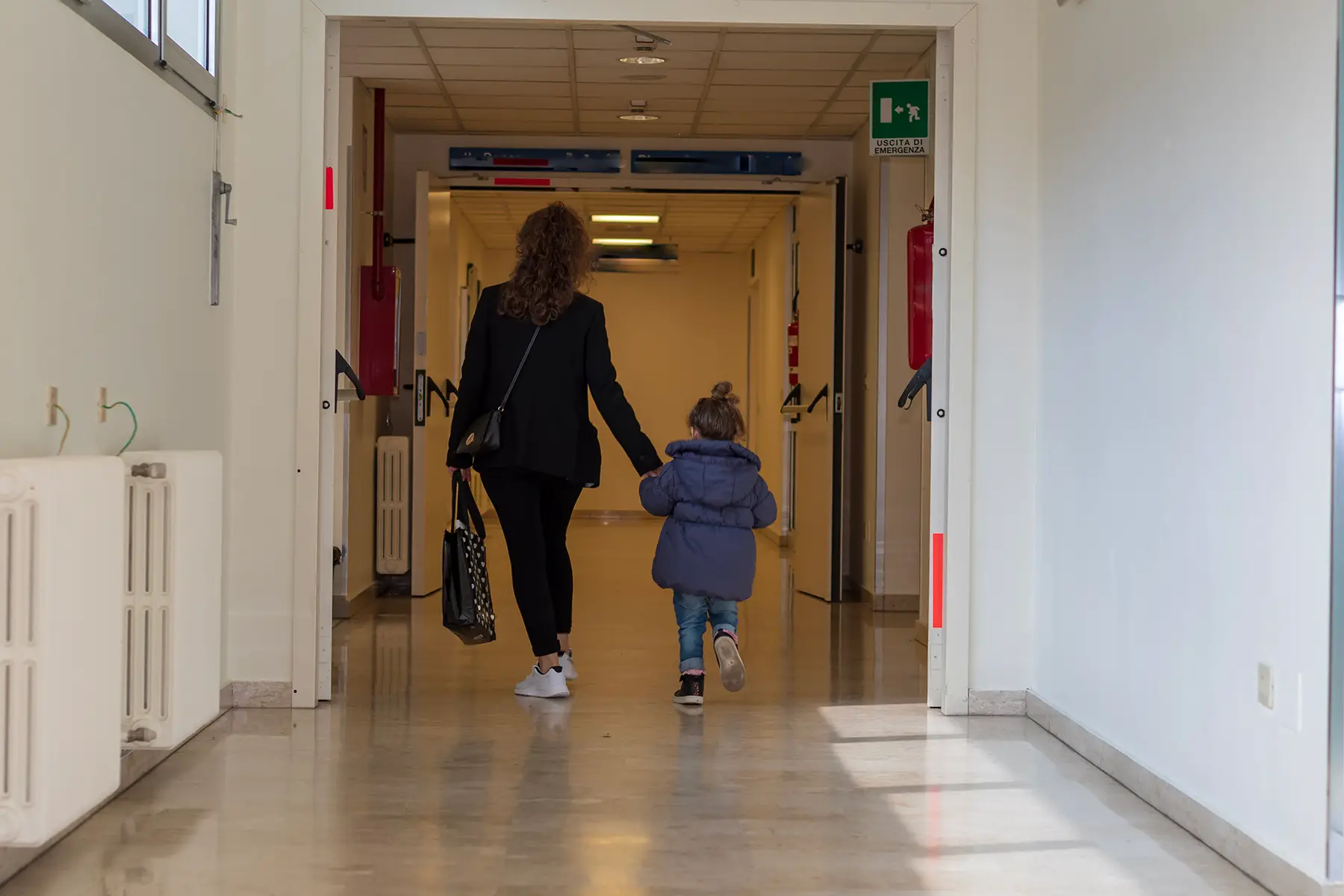
Italian hospitals have emergency departments that treat anyone regardless of nationality. Bear in mind that you might be liable for hospital costs if you don’t have a tessera sanitaria or private health insurance. It’s also worth noting Italy’s emergency numbers in case you ever need them.
4. Open a bank account in Italy
Another useful thing to do in your first week in Italy is to set up a bank account. Although there’s no legal requirement for residents to have an Italian bank account, it makes it much easier to pay utility bills, take out insurance products, and more.
If you want to open a bank account in Italy, you’ll usually need to live in the country, as most banks require you to open the account in person and bring various documentation. Specifically, you’ll need photo ID such as a passport or driving license, your codice fiscale or equivalent, proof of address, and a valid residence permit.
Alternatively, opting for mobile banking means you can usually open an account in minutes using your smartphone. It also allows you to access and manage your money from anywhere in the world.
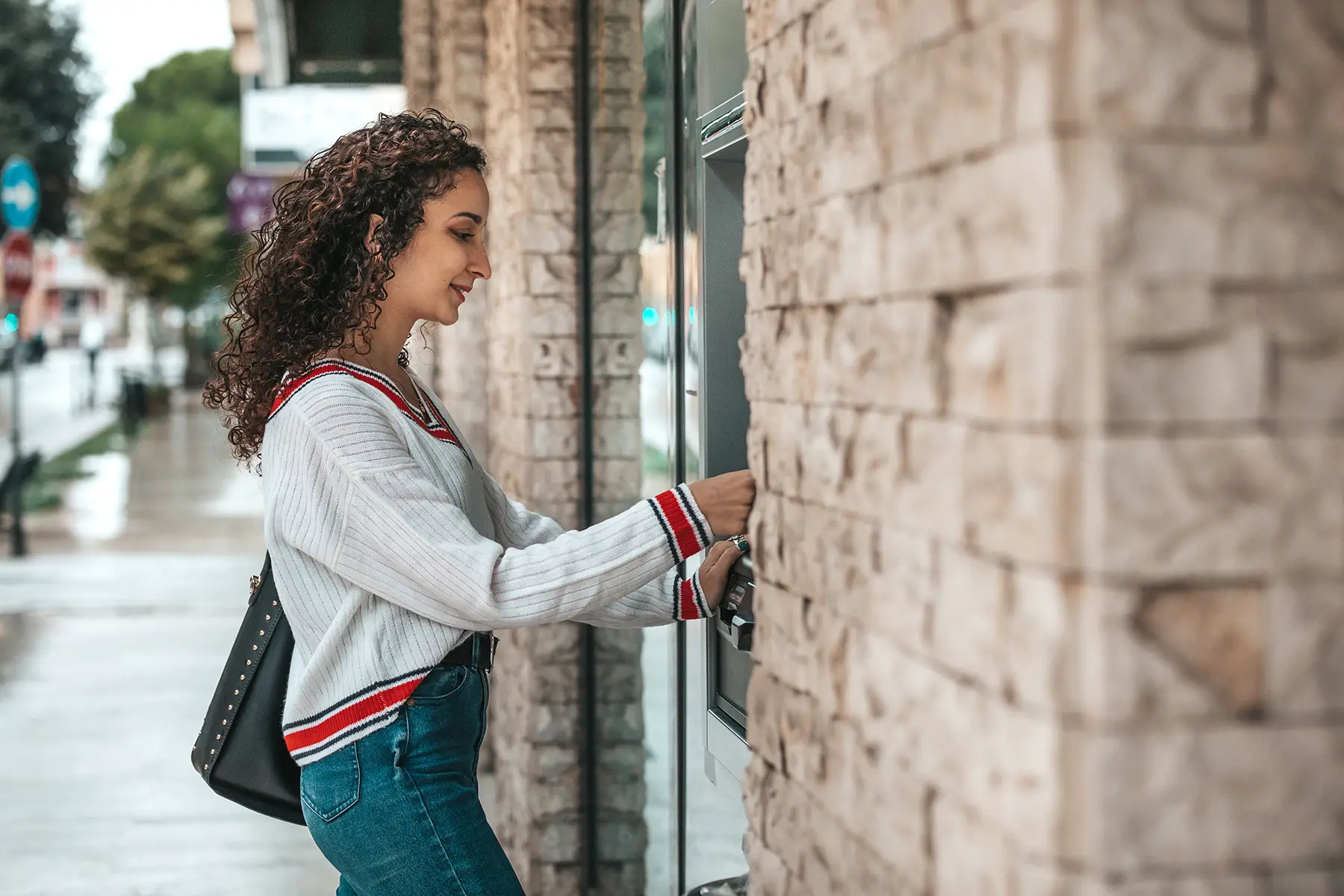
Italian banks have a legal obligation to offer a bank account to EU/EFTA citizens – this will usually be a non-resident or basic account. Non-EU/EFTA nationals don’t have a legal right to an account, but many banks do offer non-resident accounts – again, these tend to be basic bank accounts.
5. Get an Italian SIM card
To help you stay connected, it’s a good idea to get an Italian SIM card once you’ve made the move. This is particularly true if you’re moving from a non-EU country, as you’ll likely face expensive roaming charges. Once you have your mobile phone, you’ll be able to contact your friends and family and even download all the essential apps for life in Italy.
You can either get a prepaid Italian SIM or a mobile plan. In 2022, the vast majority (PDF) of Italians opted for prepaid SIM cards, which are more flexible. However, you’ll need to make sure you top up with enough credit to cover your phone usage.

Some of the leading mobile operators in Italy include:
6. Find a job
If you don’t already have a job offer before getting to Italy, you’ll likely want to start looking for one soon after you arrive. The Italian job market can be tricky and varies between regions – the country has relatively high unemployment rates compared to other EU countries. However, there is a need for professionals in engineering and technology, as well as those who work in finance, law, medicine, and education – so if you have skills in these fields, you may find it easier to find a job.
Before you start sending out applications, it’s probably a good idea to update your resume to suit the Italian job market. It could also be helpful to get in touch with some local job agencies, particularly if they operate in the sector you want to work in. Online job boards can also be a source of potential openings.

If working for someone else isn’t for you, why not consider becoming a freelancer or starting a business in Italy?
7. Get your Italian transport sorted
You may need to consider how you’ll get around day to day when you move to Italy – particularly if you’ve chosen to live in a more rural area. The country is known for having an excellent public transport system – especially in larger cities, such as Rome, where it’s easy to get around by bus or metro. Italy’s extensive rail network is also a popular way of getting around the country.
However, in many instances, the most efficient way to get around is by driving in Italy. Those over 18 with licenses from an EU/EEA country can continue to use their existing driving license until it expires. When that happens, or if you’re from a non-EU/EEA country, you’ll have to apply for an Italian driving license.
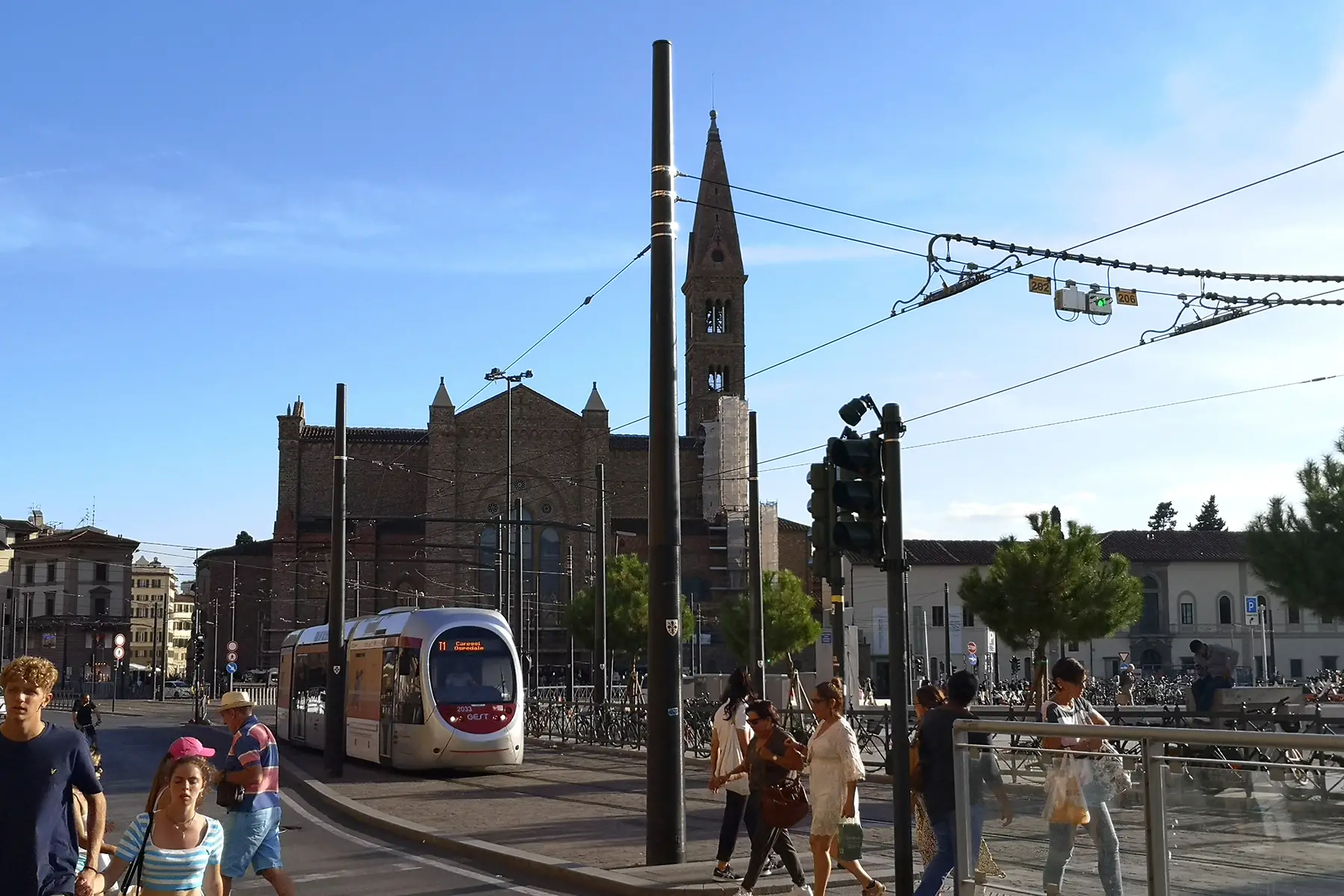
It’s also important to note that many cities have recently introduced low-emission zones (Zona Traffico Limitato – ZTL). Drivers can receive fines for driving in these zones if they haven’t purchased a relevant permit beforehand. If you’re driving in a new city, check ahead to make sure you’re aware of any ZTLs.
8. Connect your new home in Italy
Once you’ve organized where you’re going to live, you’ll want to make sure your new home is fully connected. Serviced apartments and some rental properties may already have utilities set up. If not, you’ll need to set up the connections yourself.
Italy has a mix of private and public energy companies, which may also manage gas – if this is the case, you can set up electricity and gas at the same time. Enel is the national electric company, but residents can choose from other large electricity suppliers, local public suppliers, and integrated energy companies. The leading electric companies are:
When setting up electricity for the first time, you may need to provide information such as your codice fiscale, passport or ID card, apartment rental contract, or property deed.
As for water, Italy’s supply is centralized and public, with a smaller portion of private and hybrid companies. The main options include:
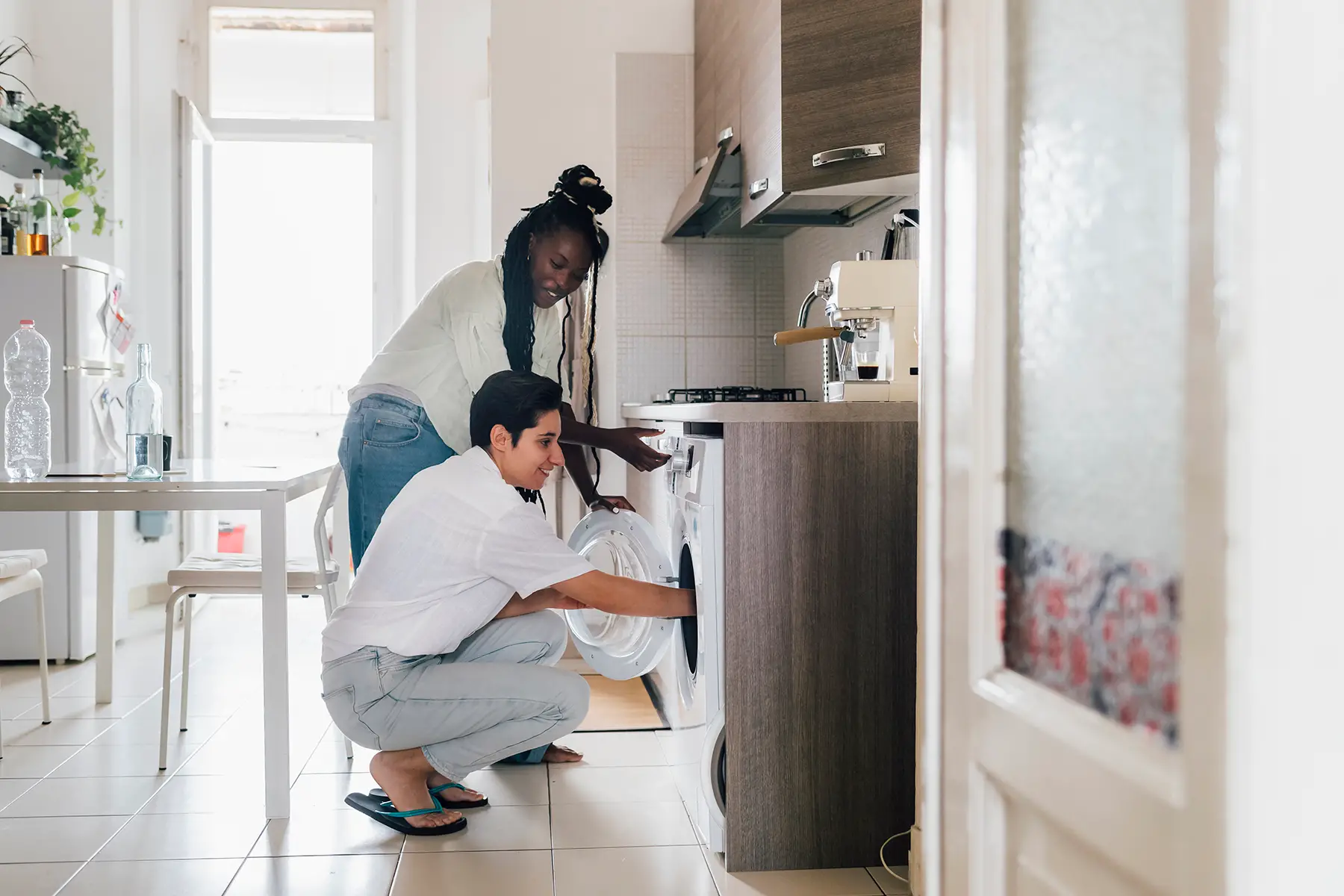
It can take up to a few weeks to set up TV and internet in Italy, depending on which provider you go for. To set up a connection, you will need your tax code, ID, and possibly your rental contact. The top providers are set out in the list below:
9. Send the kids to school
If you have children, it’s worth researching Italy’s education system before you move there. There’s a mix of public and private schools where attendance is mandatory until the age of 16. If your child is already of school age, there are many options for primary schools and secondary schools in Italy, which are rated highly for their quality of education. Public schools have the advantage of not charging any fees. Many parents opt for an Italian school, as children can easily integrate into the new culture. Alternatively, if you send your child to an international school, they’ll follow the associated country’s curriculum and have lessons in their first language as well as Italian.
For younger children, you’ll need to arrange childcare. Places at daycare and preschools can fill up quickly, so it’s best to start looking soon after you move to Italy – particularly if you’d prefer English-speaking childcare options.
10. Get out and enjoy Italy
Your first week in Italy is the perfect time to start making the most of your new home. Italy is a hugely popular tourist attraction – and with good reason. There is no shortage of places to visit, for adults and kids alike. From the Trevi Fountain in Rome to Lake Como’s beautiful lakeside towns, there really is something for everyone.

Wherever you settle in Italy, there’s a wealth of history and culture to uncover among its museums and cultural institutions. In addition, many enjoy discovering tasty Italian cuisine and engaging in the espresso bar culture. It’s also an excellent time to start getting used to the language, learn some Italian, and share your newfound fun phrases and expressions with your new Italian friends.
Useful resources
- Istituto Nazionale della Previdenza Sociale (INPS) – Italian social security website with information about payments and financial assistance
- Agenzia delle Entrate – Italian tax authority providing necessary forms, documents, and information
- Ministry of Infrastructure and Transport – official government website with all information regarding infrastructure and transportation
